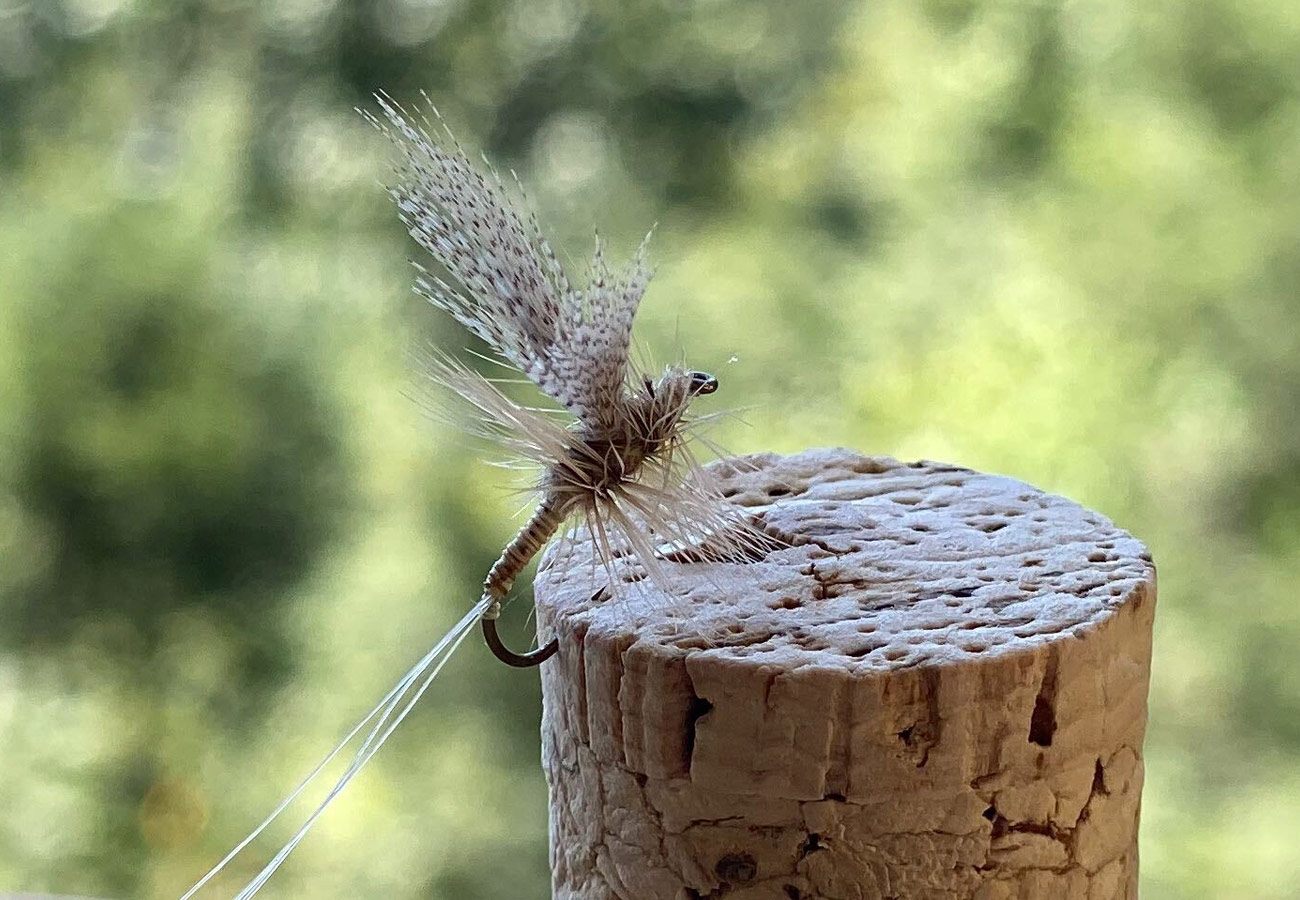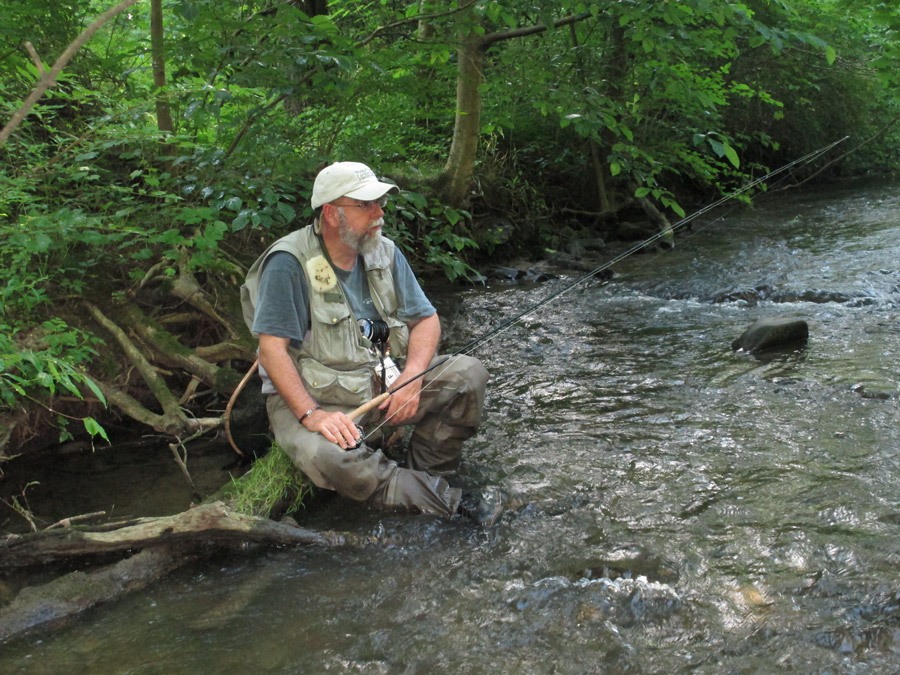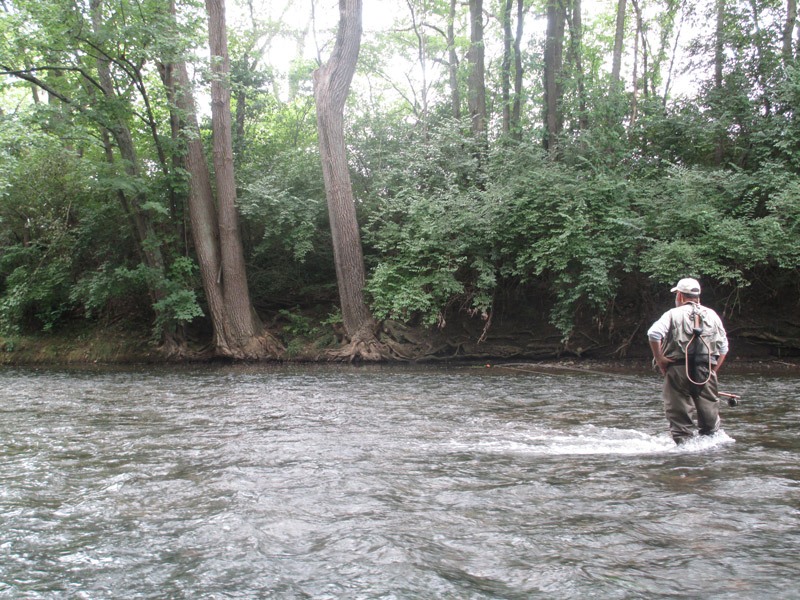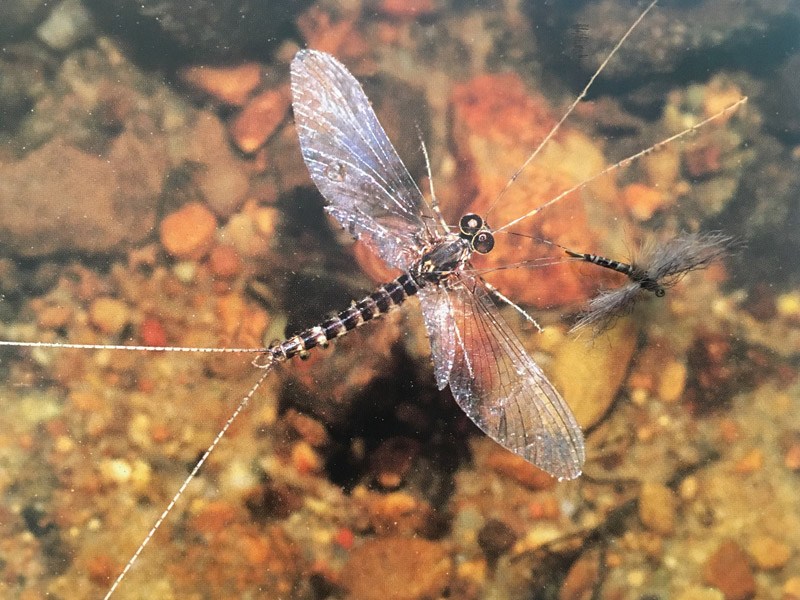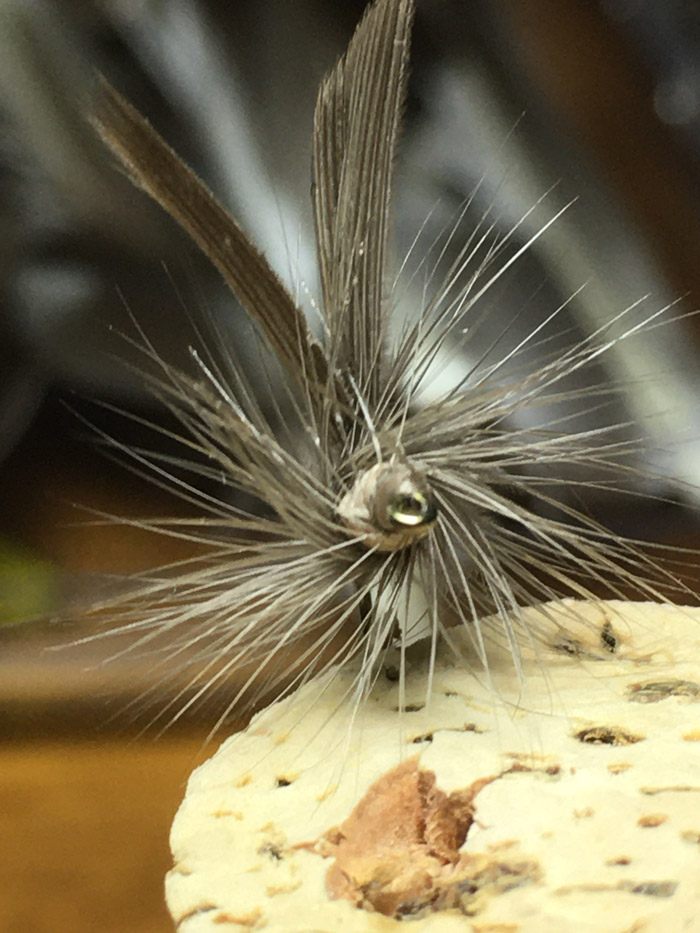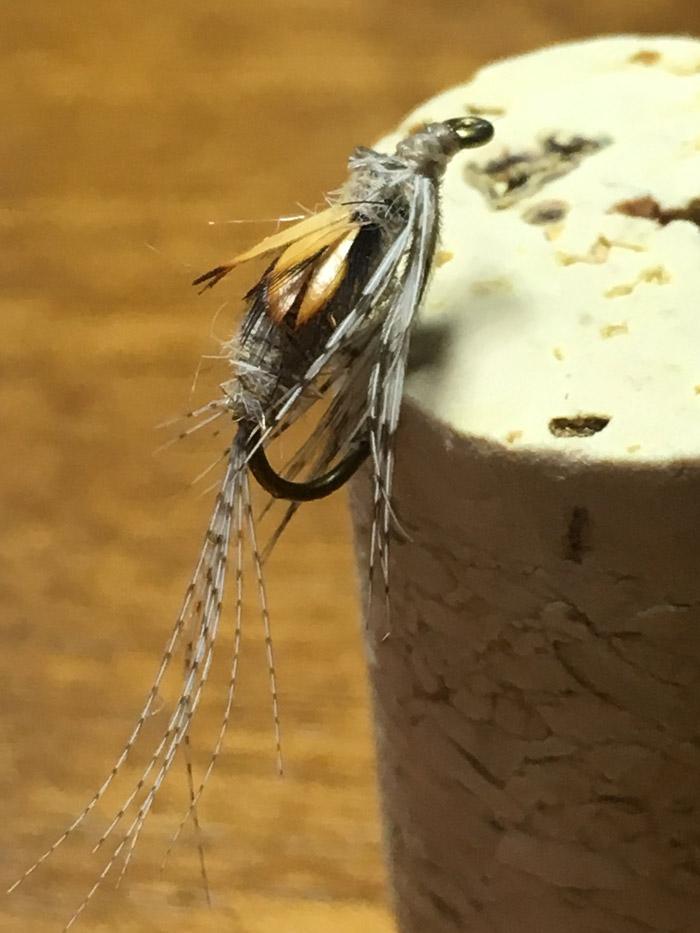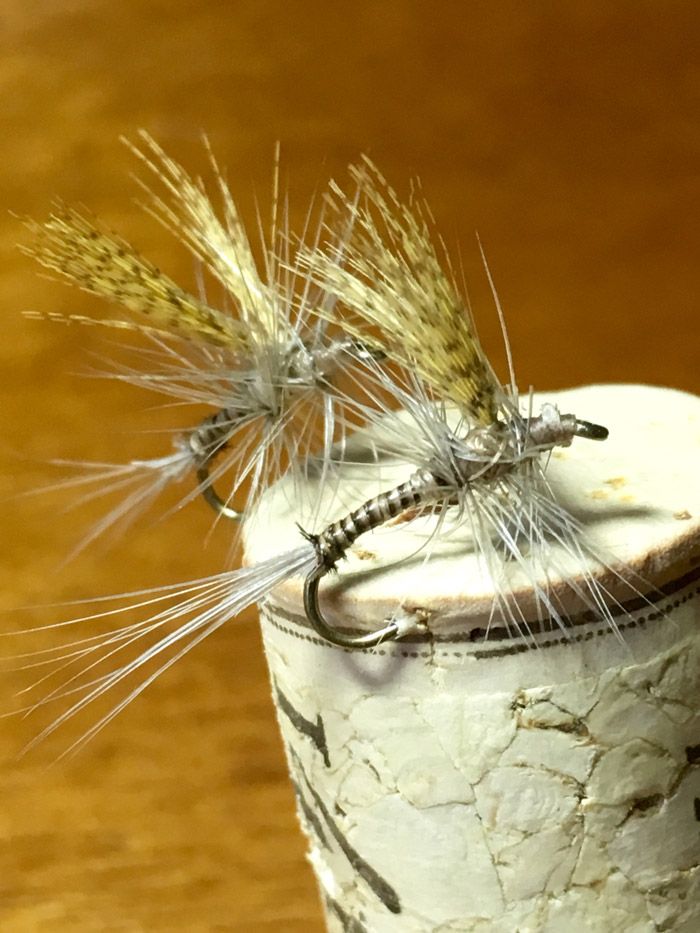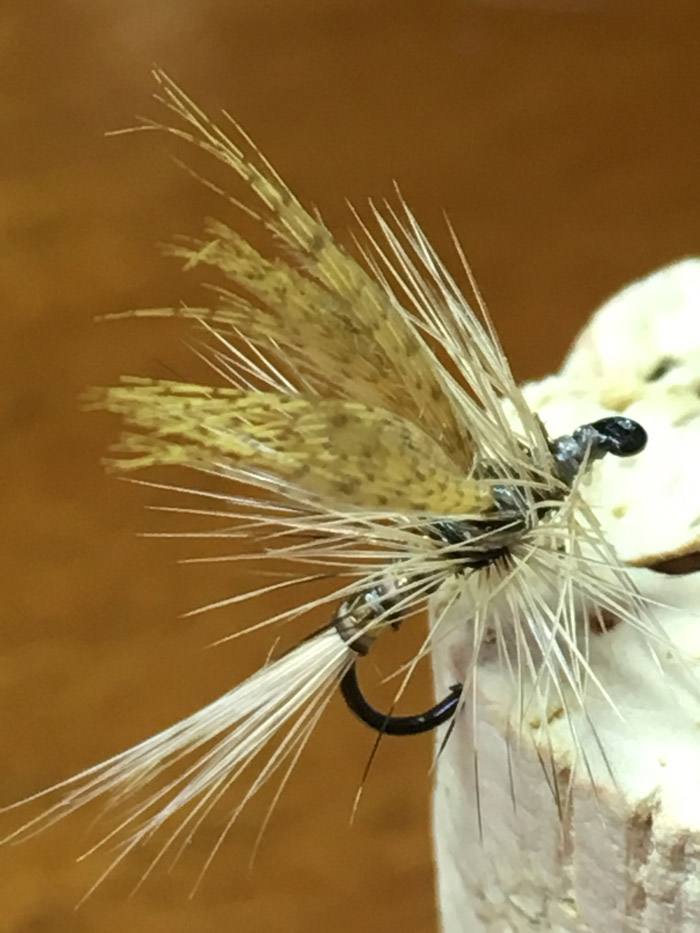Over the last 120 years or so, there have been countless numbers of American fly tiers that have studied, observed, and obsessed over a trout’s behavior in regards to the mayfly. It seems to me that the true innovators in regards to a mayfly pattern, identified and confirmed their theories on what they considered the most important part of their patterns. I have studied and had the good fortune to observe some of these tiers for the last twenty years and have come to the conclusion they either knew or know what they are talking about.
For the best view, I believe in standing on the shoulders of those who have gone before me and have tried to incorporate a piece of each of their ideas in my patterns. I am sure my patterns take longer to tie than most tiers. That’s OK, I am not, nor ever will be a mass production tier. Every part of my flies have a purpose and that is important to me.
The following is what I call my inspiration list or at least some thoughts on what I have gleaned from what I consider these masters of the mayfly.
Theodore Gordon:
Colors and texture imitated in fly pattern by using natural materials found in nature. Nothing imitates nature more effectively than nature. Quality hackle for legs and flotation. Observation of the trout’s world from above and around.
John Atherton & Matt Supinski:
Impressionistic art — movement and life created by color, shading, segmentation,value, etc.
Vincent Marinaro:
What a trout sees from below based on observation, study, and theory. Upright wings are the first impression the trout has of a drifting adult mayfly. Tails are used for flotation.
Kelly Gallup, Bob Linseman, Rusty Gates & Howard Parks:
Observations of different stages of mayfly hatches and discerning the most successful stage to imitate for the fly fisherman is many times a crippled imitation. Bent hook patterns developed and refined.
GEM Skues (English):
Size and color of mayfly critical elements in fly construction based on observations of the visual abilities of the trout. “I think, however, it should be the ideal of the sportsman angler to take his trout, where he can do so, by means of imitations,representations, or suggestions of its natural food presented in the conditions in which the trout is feeding on.”


